You’ve seen the picture-a towering white sail cutting through the Dubai skyline, rising from its own private island like something out of a dream. But what if I told you that the Burj Al Arab isn’t just a hotel? It’s a feat of engineering, a bold statement in architecture, and a masterclass in pushing boundaries. This isn’t another five-star property. It’s the world’s only 7-star hotel, not because of some marketing gimmick, but because its design breaks every rule-and then invents new ones.
Why the Burj Al Arab Looks Like a Sail
The shape isn’t random. It’s deeply rooted in Dubai’s maritime heritage. The building’s silhouette mirrors the traditional dhow sailboats that once carried traders across the Arabian Gulf. But here’s the twist: no one had ever built a structure this tall in the shape of a sail before. The architects at Atkins designed it to look like it’s caught in mid-billow, frozen in time. The curved glass facade isn’t just for show-it’s a structural necessity. The wind loads on such a tall, slender form would tear apart a conventional building. So they engineered a reinforced concrete exoskeleton wrapped in double-skin Teflon-coated fiberglass, making it both light and incredibly strong.
And that sail? It’s not even a single piece. It’s made of over 2,500 individual panels, each precisely angled to reflect sunlight differently throughout the day. At sunrise, it glows gold. At dusk, it turns silver. At night, LED lighting turns it into a luminous beacon visible from miles away.
It’s Built on Its Own Island
Most hotels sit on land. The Burj Al Arab doesn’t. It’s built on a man-made island 280 meters offshore, connected to the mainland by a private bridge. Why? To isolate it. To make it feel like a world apart. The island was created by dumping 7.5 million cubic meters of sand into the sea-a process that took over two years. The foundation? A 40-meter-deep pile of reinforced concrete, driven into the seabed to anchor the entire structure against ocean currents and seismic shifts.
And here’s something few people notice: the entire building leans slightly-by 1.5 degrees-toward the sea. It’s not a flaw. It’s intentional. The tilt helps reduce wind pressure on the structure and gives the illusion that the sail is leaning into the breeze, like a real boat. It’s a detail only engineers and architects would spot, but it’s what makes the design feel alive.
The Lobby That Defies Gravity
Step inside, and you’re greeted by a space that feels like you’ve entered a cathedral made for royalty. The atrium soars 180 meters high-taller than the Statue of Liberty. There’s no central support column. Instead, the entire structure is suspended from a central spine, like a chandelier hanging from the sky. The glass elevator that whisks guests up to their suites? It’s the world’s first double-decker elevator with a transparent floor. You look down as you rise, and suddenly, you’re floating above the ocean.
Even the carpets aren’t ordinary. They’re hand-woven wool and silk, imported from India, and cost over $2 million to install. The chandeliers? Custom-made crystal pieces from Austria, each one shaped like a wave. Every surface, every material, every detail was chosen to evoke luxury without ever feeling gaudy. It’s quiet opulence-crafted, not shouted.
Every Suite Is a Two-Story Palace
There are no standard rooms here. Every single one of the 202 suites is two stories tall. The lower level has a living area with a dining table for eight, a private bar, and a full bathroom with gold-plated fixtures. The upper level? A bedroom with a king-size bed, floor-to-ceiling windows, and a private balcony overlooking the Arabian Gulf. The ceilings are 5.5 meters high. The bathrooms have heated marble floors and rain showers big enough for two.
And the views? They’re not just wide-they’re immersive. Each suite faces the ocean, and the windows are curved to match the building’s shape, giving you a panoramic, wraparound view. You don’t just see the sea-you feel like you’re part of it.
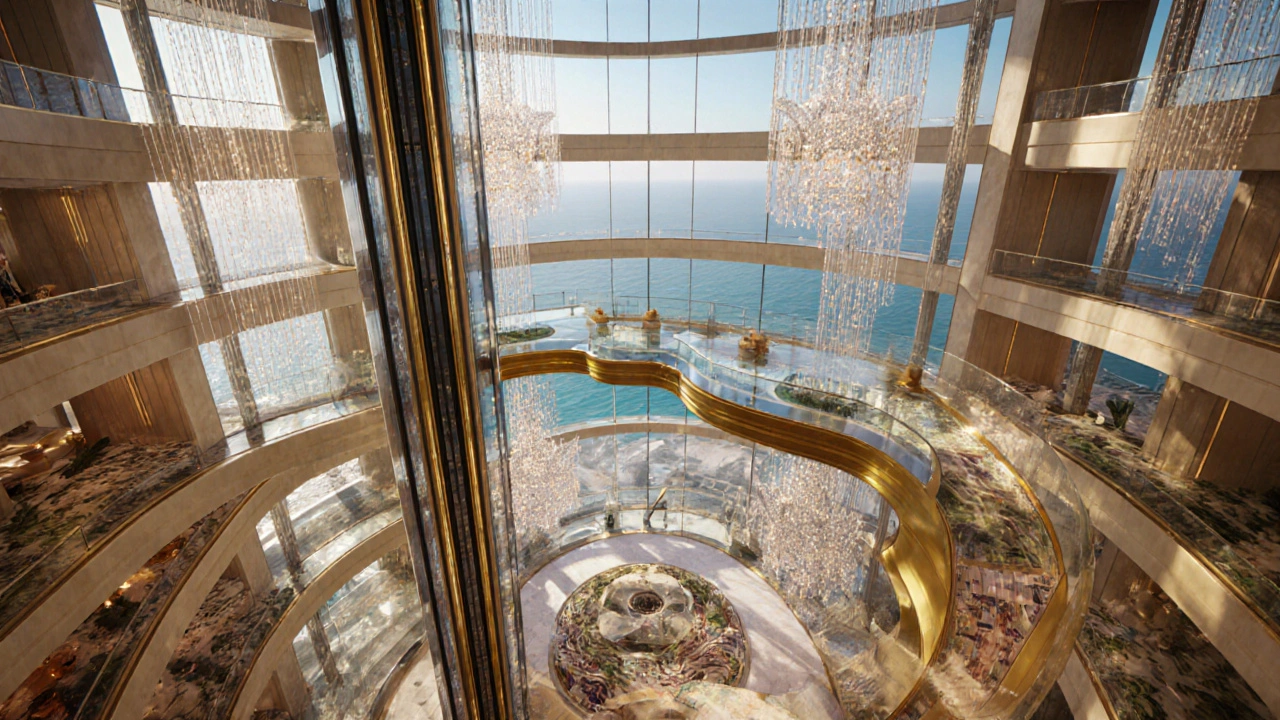
The Helipad That’s Also a Restaurant
At the top of the Burj Al Arab, 200 meters above sea level, sits the world’s highest helipad. But it’s not just for landing helicopters. It’s also home to Al Muntaha, a Michelin-starred restaurant where diners are served seafood flown in daily from Japan and France. The menu changes weekly. The wine list? Over 500 selections. The price? Around $500 per person, minimum.
But here’s the real trick: the helipad is built on a reinforced steel frame that extends 30 meters beyond the building’s top. It’s designed to handle the downdraft from helicopters landing and taking off. That means the restaurant below is perfectly stable-even when a chopper is hovering just above your head.
It Was Designed to Be Unreplicable
There’s a reason no one has built anything like it since. The cost? Around $1 billion in 1999-equivalent to over $1.8 billion today. The materials? Over 2,000 tons of steel, 100,000 square meters of glass, and 1,200 tons of marble. The labor? 1,200 workers from 40 countries, working 24/7 for five years.
And the design? It was never meant to be copied. The architects knew that if they made it too similar to other luxury hotels, it would blend in. So they designed it to be impossible to replicate-not just because of the cost, but because of the sheer audacity of the vision. No other hotel has its own island. No other hotel has a 180-meter atrium with no columns. No other hotel has suites with private butlers who bring you champagne on a silver tray before you’ve even checked in.
It’s Not Just a Building-It’s a Symbol
The Burj Al Arab isn’t just a hotel. It’s a symbol of Dubai’s ambition. When it opened in 1999, the world didn’t believe Dubai could pull off something like this. Now, it’s one of the most photographed buildings on Earth. Tourists come not just to stay, but to stand at the base of it, looking up, wondering how it’s even possible.
It doesn’t need a name on a sign. You know it when you see it. That sail shape, that island, that impossible height-it’s unmistakable. And that’s the point. It wasn’t built to be the tallest, or the most expensive, or even the most luxurious. It was built to be unforgettable.

What You’ll Notice When You Visit
If you ever get the chance to walk through its doors, here’s what will hit you first: the silence. Despite being one of the busiest landmarks in Dubai, the interior is eerily calm. The sound of footsteps is muffled by thick carpets. The air is cool and lightly scented with oud and rose. There are no loud announcements. No queues. No crowds. Just the quiet hum of service.
You’ll notice how every detail is curated. The elevators don’t just go up-they glide. The doors open silently. The lighting changes subtly as you move through spaces, guiding you without you realizing it. Even the temperature is controlled room by room. You’re not just staying in a hotel. You’re inside a perfectly tuned machine designed for comfort, privacy, and awe.
Comparison: Burj Al Arab vs. Other Luxury Hotels
| Feature | Burj Al Arab | Burj Khalifa Hotel (Armani) | Atlantis, The Palm |
|---|---|---|---|
| Height | 321 meters | 300 meters | 145 meters |
| Location | Private island | On land, downtown | Man-made island |
| Architecture Shape | Sail-inspired | Modern tower | Atlantis-themed |
| Room Type | All suites, 2 stories | Standard rooms and suites | Standard rooms, suites, and underwater rooms |
| Atrium Height | 180 meters | 50 meters | 45 meters |
| Unique Feature | Helipad restaurant, no columns | Armani branding, minimalist luxury | Aquarium tunnels, water park |
Frequently Asked Questions
Is the Burj Al Arab open to the public?
Yes-but not for overnight stays unless you book a suite. The public can visit for afternoon tea at Skyview Bar, dine at Al Muntaha or Al Mahara, or take a guided tour. You’ll need a reservation, and there’s a dress code. No shorts or flip-flops. This isn’t a tourist attraction you can just walk into.
How much does it cost to stay at the Burj Al Arab?
Rates start at around $2,000 per night for the most basic suite, but prices often go above $10,000 during peak season. The Royal Suite, which spans two full floors, can cost up to $28,000 a night. That includes a private butler, helicopter transfers, and a personal chauffeur.
Why is it called 7-star if there’s no official 7-star rating?
There’s no official 7-star rating system. The label was coined by a British journalist in 1999 who said it was beyond 5-star. The hotel didn’t officially claim it, but they didn’t stop people from using it. Today, it’s become part of its identity-symbolizing unmatched luxury, not a formal classification.
Can you visit the Burj Al Arab without staying there?
Absolutely. You can book afternoon tea at Skyview Bar, dine at Al Mahara (an underwater restaurant), or take a guided 90-minute tour that includes the atrium, lobby, and suite views. Tours cost about $100 per person and must be booked in advance.
How long did it take to build the Burj Al Arab?
It took five years to build, from 1994 to 1999. The island alone took two years to create. The structure was completed in 1998, and the interiors took another year to finish. Over 1,200 workers from 40 countries were involved, many working around the clock.
Final Thought: Why It Still Matters
Twenty-five years after it opened, the Burj Al Arab still stops people in their tracks. Not because it’s the tallest. Not because it’s the most expensive. But because it dared to be different. It didn’t follow trends-it set them. It didn’t ask for permission-it built its own rules.
If you ever find yourself in Dubai, don’t just snap a photo from the road. Go inside. Sit in the lobby. Feel the silence. Look up. That’s not just architecture. That’s ambition made real.


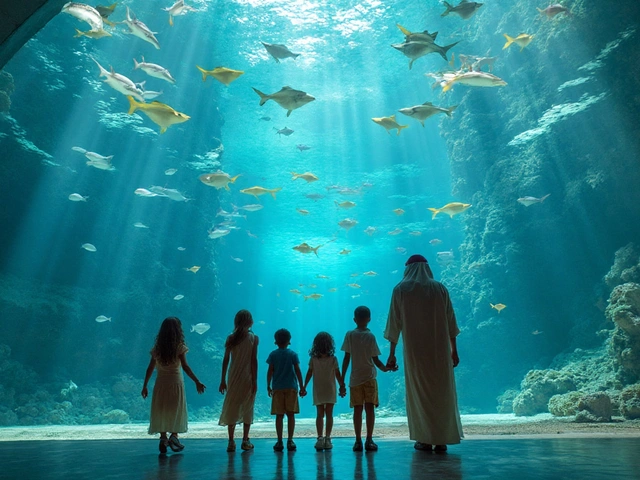

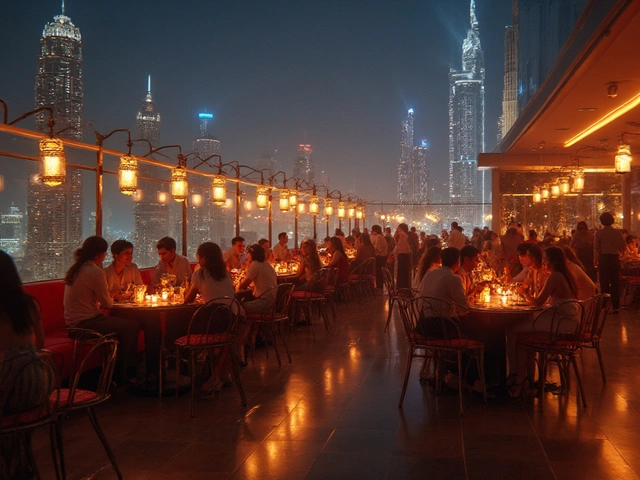

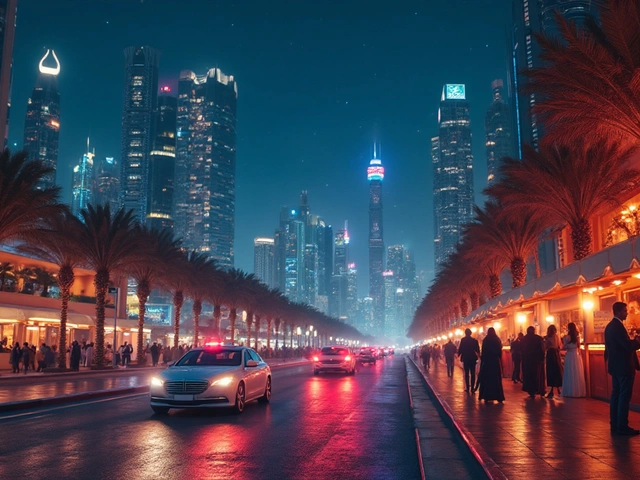
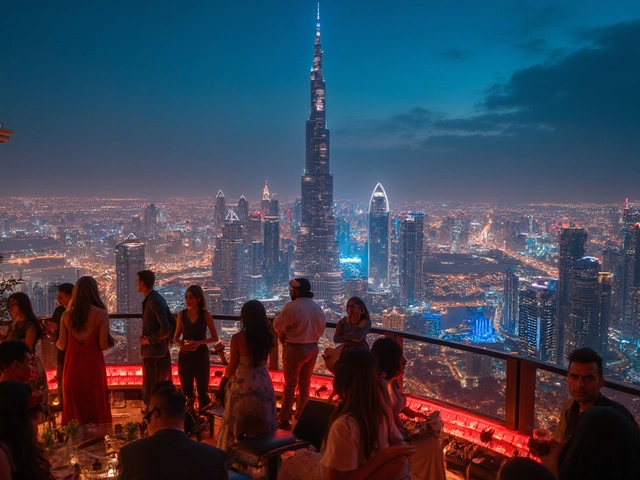
Graeme Edwards
November 15, 2025 AT 20:16That sail shape? Genius. 🤯 I’ve seen it in person and the way it glows at sunset? Unreal. Also, the Teflon-coated fiberglass? That’s not just fancy-it’s science poetry. 😍
jessica zhao
November 16, 2025 AT 22:29It’s funny how architecture becomes a mirror for cultural ambition. The Burj isn’t just a building-it’s a declaration that limits are just suggestions. The tilt toward the sea? That’s not engineering. That’s poetry with a structural engineer’s clipboard. We build to transcend, not just to house.
And yet… we still call it ‘7-star.’ As if luxury can be quantified. Maybe the real marvel is that we still need labels to feel awe.
Rajan Chaubey
November 18, 2025 AT 20:02Let’s be real-this is neoliberal monumentality at its peak. 7.5M cubic meters of sand? 1,200 workers from 40 countries? This isn’t architecture-it’s capital’s theatricality. The ‘quiet opulence’ is just camouflage for obscene inequality. The helipad restaurant? Feeding the 0.1% while Dubai’s laborers sleep in dorms 50km away.
And don’t get me started on the ‘7-star’ myth. It’s a branding scam dressed in marble. The real innovation? Exploiting global labor and environmental externalities to sell fantasy.
Stop romanticizing it. It’s a monument to extraction.
Whitby Burkhart
November 19, 2025 AT 17:03‘It’s built on a man-made island’-wait, no. It’s built ON an island. Preposition error. Also, ‘2,500 individual panels’-should be ‘2,500 individual panels.’ And ‘downdraft from helicopters’? No hyphen needed. This post is a grammatical minefield. Also, ‘eerie calm’? That’s an oxymoron. Calm can’t be eerie. It’s either calm or eerie. Pick one.
Also, ‘gold-plated fixtures’-plural. But ‘a private butler’-singular. Inconsistent. Ugh.
Julia McCarthy
November 19, 2025 AT 21:11I love how this place makes you feel small in the best way-not because it’s intimidating, but because it reminds you that beauty can be quiet and intentional. The silence in the lobby? That’s the real luxury. Not the gold or the helipad. Just… stillness.
And the way the windows curve to match the sail? That’s the kind of detail that makes you believe in people again. Like someone cared enough to think about how you’d feel looking out.
Maybe we don’t need more skyscrapers. But we do need more spaces that make you pause. Thank you for this.
Also, I’d kill for that afternoon tea. 😊
Piotr Williams
November 20, 2025 AT 07:14Okay, but… seriously… how much did the carpets cost again? $2 million? For… carpet? And the chandeliers? Custom-made? From Austria? And the butlers? Who just… bring champagne? Before you check in? What is this, a sci-fi movie? I mean… I get it… it’s fancy… but… is this… necessary? Like… really? Do we need… this? I’m just… asking…
Matt H
November 20, 2025 AT 15:08Let me break this down in startup terms: Burj Al Arab is the ultimate MVP-Minimum Viable Awe. They didn’t iterate on luxury, they redefined the category. The exoskeleton? That’s a proprietary tech stack. The island? Infrastructure as a service. The 180m atrium? Zero-dependency architecture-no columns, no bottlenecks. This isn’t hospitality. It’s vertical experience design.
And the helipad restaurant? That’s a high-margin, low-competition vertical integration play. You’re not paying for food-you’re paying for the *moment*. The downdraft engineering? That’s systems resilience baked into the UX.
They didn’t build a hotel. They built a luxury SaaS platform-with marble floors.
Next stop: orbital hotel. I’m calling it.